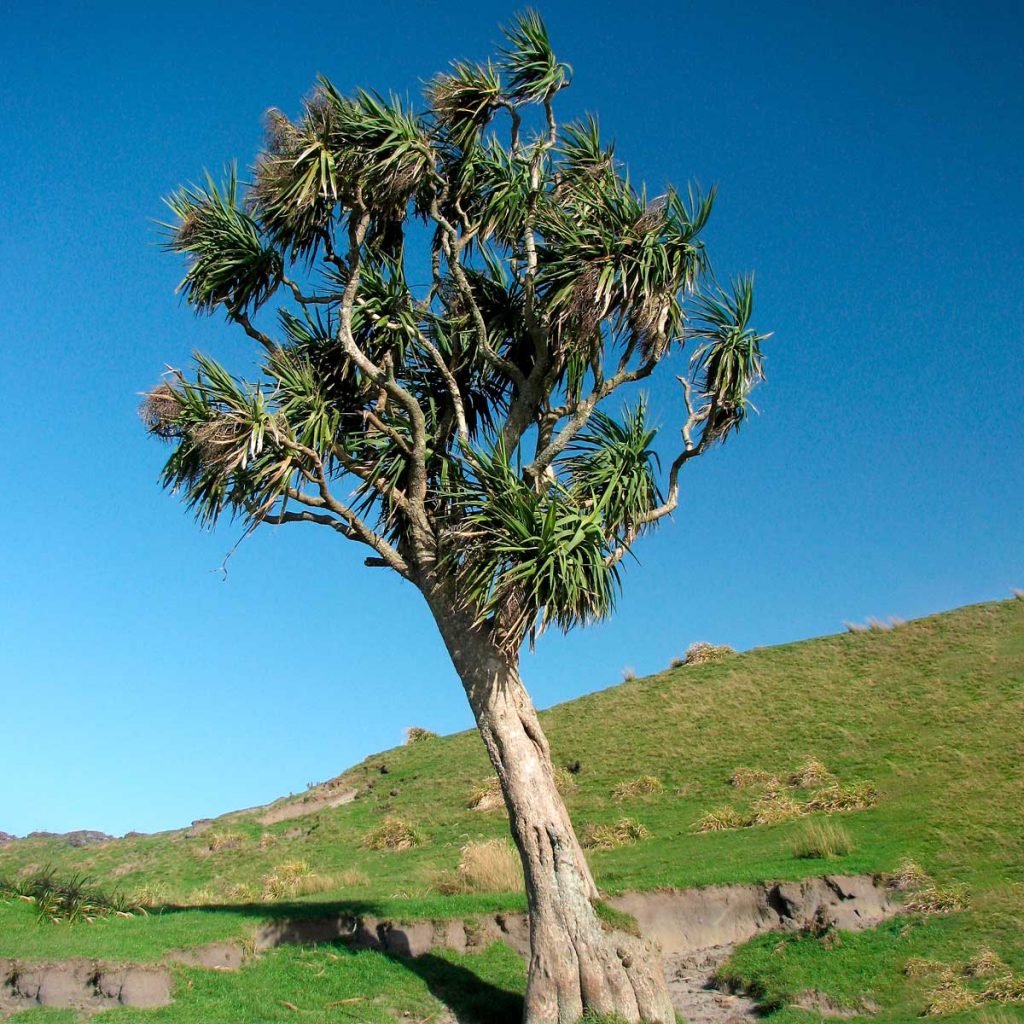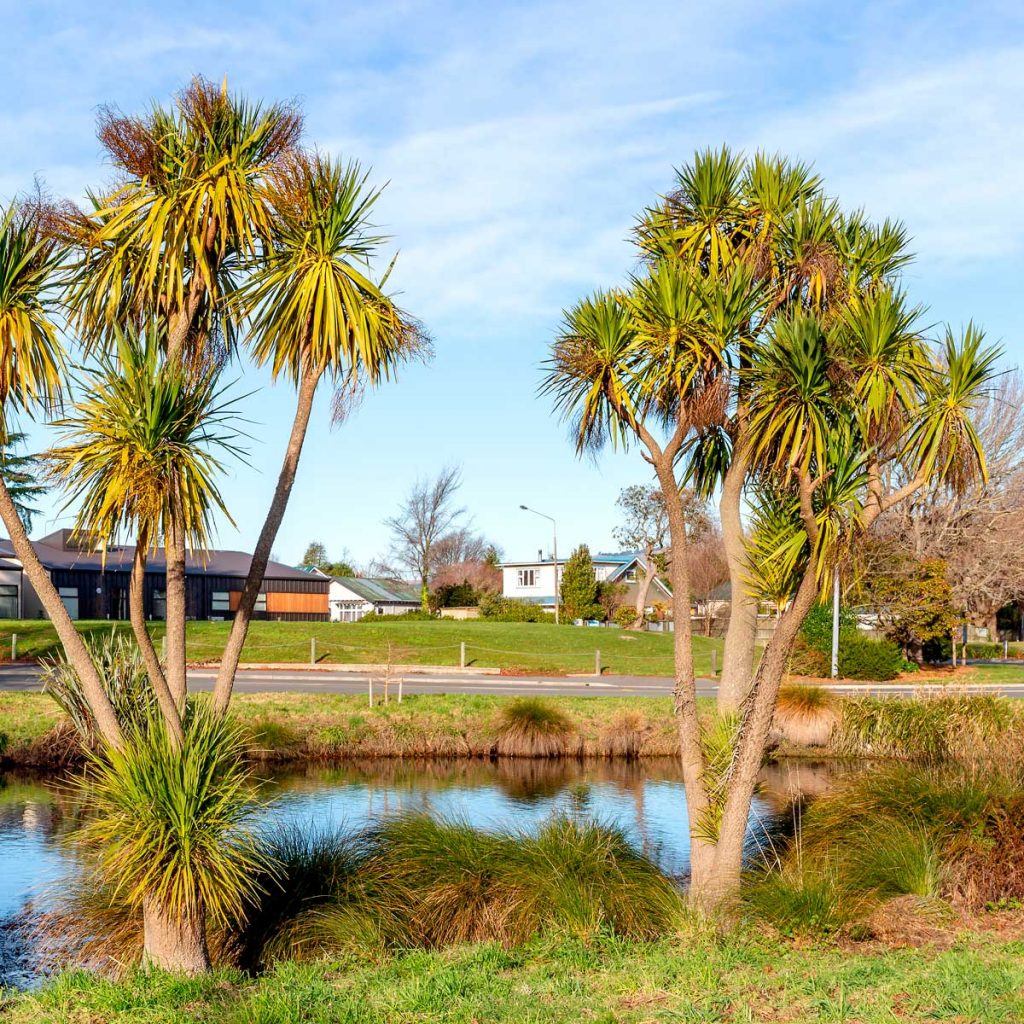
Wetlands / Nikau
Information for Juniors
Nikau
⦁ Is palm tree found throughout NZ
⦁ Found in coastal forests of both Islands
⦁ Trees grow to 15m
Bark & Foliage
⦁ A thick green trunk with a bulb like ‘crown shaft’ up to 1m long
⦁ The greenish trunk bears grey and green leaf scars
⦁ The fronds sprouting out of the crown can be up to 3m long and overlap each other
⦁ They are Florescent and shiny
Cones – Seed pods
⦁ Nikau sprouts large clusters of mauve coloured flowers
⦁ The flowers are found on the lowest branch, they are sticky and sweet with nectar.
⦁ The nectar attracts insects especially bees
⦁ Bee and birds are the main source of pollination
⦁ Birds like Tui, Bellbird and Silver eye
⦁ The flowers occur throughout the whole year
⦁ The fruit take a year to ripen and are favourites to the Kereru


Information for Junior Secondary
Nikau
⦁ Is palm tree found throughout NZ
⦁ Found in coastal forests of both Islands
⦁ Trees grow to 15m
⦁ They are easy to cultivate but slow growing
⦁ The Maori eat the flower clusters and use the leaves for cooking
⦁ The leaf fibres are used for weaving
⦁ The seeds are used as a laxative
Bark & Foliage
⦁ A thick green trunk with a bulb like ‘crown shaft’ up to 1m long
⦁ The greenish trunk bears grey and green leaf scars
⦁ The fronds sprouting out of the crown can be up to 3m long and overlap each other
⦁ They are Florescent and shiny
Cones – Seed pods
⦁ Nikau sprouts large clusters of mauve coloured flowers
⦁ The flowers are found on the lowest branch, they are sticky and sweet with nectar.
⦁ The nectar attracts insects especially bees
⦁ Bee and birds are the main source of pollination
⦁ Birds like Tui, Bellbird and Silver eye
⦁ The flowers occur throughout the whole year
⦁ The fruit take a year to ripen and are favourites to the Kereru
⦁ The female flowers come on their own
⦁ Male flowers come in pairs
⦁ The fruit are elliptical
⦁ They are red when they ripen from February to November


Information for Seniors
Nikau
⦁ Is palm tree found throughout NZ
⦁ Found in coastal forests of both Islands
⦁ Trees grow to 15m
⦁ They are easy to cultivate but slow growing
⦁ The Maori eat the flower clusters and use the leaves for cooking
⦁ The leaf fibres are used for weaving
⦁ The seeds are used as a laxative
Bark & Foliage
⦁ A thick green trunk with a bulb like ‘crown shaft’ up to 1m long
⦁ The greenish trunk bears grey and green leaf scars
⦁ The fronds sprouting out of the crown can be up to 3m long and overlap each other
⦁ They are Florescent and shiny
Cones – Seed pods
⦁ Nikau sprouts large clusters of mauve coloured flowers
⦁ The flowers are found on the lowest branch, they are sticky and sweet with nectar.
⦁ The nectar attracts insects especially bees
⦁ Bee and birds are the main source of pollination
⦁ Birds like Tui, Bellbird and Silver eye
⦁ The flowers occur throughout the whole year
⦁ The fruit take a year to ripen and are favourites to the Kereru
⦁ The female flowers come on their own
⦁ Male flowers come in pairs
⦁ The fruit are elliptical
⦁ They are red when they ripen from February to November


Activities
- Looking at the trunk, what uses could you make of the trunk and bark?
- What would be the quickest way to climb up and inspect the flowers on the crown?
- Take a good photograph of the clusters of flowers
- Take pencil rubbings of the bark and find 5 adjectives to describe what you see.
- Identify 3 native birds that will visit this tree and describe what they are looking for and what does that do to help the park?
